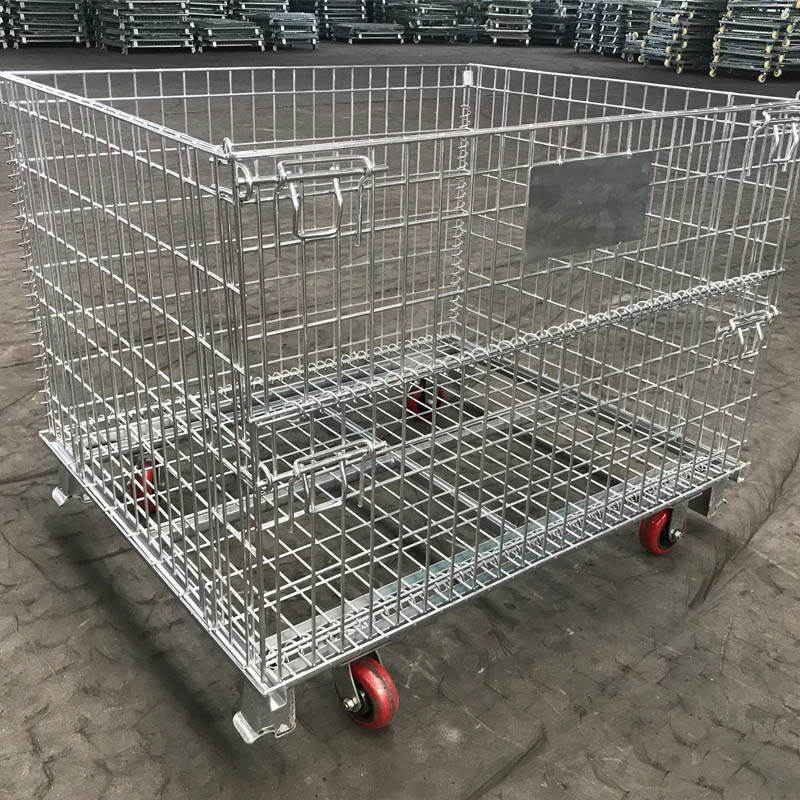
- Mobile Phone
- +8613931874955
- sales@cntcmetal.com
use of wire mesh in concrete
The Use of Wire Mesh in Concrete Enhancing Structural Integrity
Concrete, a ubiquitous construction material, is renowned for its compressive strength, durability, and versatility. However, it is inherently weak in tension, making it susceptible to cracking and structural failure under tensile loads. To mitigate these vulnerabilities, engineers and builders often employ wire mesh in concrete applications. This article explores the role of wire mesh, its benefits, and its various applications in the construction industry.
What is Wire Mesh?
Wire mesh is a grid-like structure made from steel or other metal wires that are arranged in a specific pattern and welded or twisted together. It comes in various sizes, gauges, and configurations, allowing for a wide range of applications. The primary purpose of wire mesh in concrete is to enhance its tensile strength and reduce the likelihood of cracking.
Benefits of Using Wire Mesh in Concrete
1. Enhanced Tensile Strength Concrete's natural weakness in tension can lead to cracks during the curing process or under load. Wire mesh provides necessary tensile reinforcement, ensuring that forces are distributed evenly throughout the structure. This significantly reduces the risk of cracking and enhances the overall durability of the concrete.
2. Crack Control The incorporation of wire mesh helps to control the formation and propagation of cracks in concrete. When cracks do occur, the mesh holds the cracked segments together, preventing them from widening and compromising the integrity of the structure. This is particularly important in applications subjected to heavy loads or fluctuating environmental conditions.
3. Improved Load Distribution Wire mesh facilitates better load distribution across the concrete surface. When loads are applied, the mesh helps spread these forces, minimizing localized stress and reducing the likelihood of structural failure. This is crucial in pavements, floors, and other surfaces that experience heavy traffic or dynamic loads.
4. Economic Efficiency Utilizing wire mesh can be a cost-effective solution for enhancing concrete's structural properties. While it may involve an initial investment, the long-term benefits—including reduced maintenance and repair costs—can lead to significant savings over the life cycle of the structure.
5. Ease of Handling and Installation Wire mesh is relatively lightweight and easy to handle, which simplifies the installation process. It can be cut to size and shaped as needed, making it versatile for various construction applications. Furthermore, its grid formation allows for easy positioning within formwork, ensuring uniformity in reinforcement placement.
use of wire mesh in concrete

Applications of Wire Mesh in Concrete
Wire mesh is employed across a range of construction applications, including
- Pavements and Roads In highway and airport construction, wire mesh is utilized to reinforce concrete slabs, helping to withstand the repetitive stress from vehicular traffic and preventing cracking
.- Building Foundations Wire mesh is often placed in footing and slab foundations to enhance structural stability, particularly in areas with challenging soil conditions.
- Precast Concrete Products Many precast items, such as beams, walls, and decks, incorporate wire mesh to improve strength and durability, ensuring consistent quality during manufacturing.
- Residential and Commercial Floors In both residential and commercial buildings, wire mesh is used in floor systems to support the weight of occupants and furniture, as well as to resist dynamic loads from activities.
- Retaining Walls For retaining structures, wire mesh can provide additional tensile support, helping to keep walls stable under lateral soil pressures.
Conclusion
The use of wire mesh in concrete construction has become a standard practice due to its numerous benefits, including enhanced tensile strength, crack control, improved load distribution, and cost efficiency. As construction techniques continue to evolve, the integration of wire mesh will likely play an increasingly vital role in ensuring the safety, durability, and longevity of concrete structures. By utilizing wire mesh, engineers and builders can create resilient infrastructures that meet the demands of modern construction, contributing to safer and more sustainable built environments.
share:
-
Why Sacrificial Formwork Is Redefining Underground ConstructionNewsJun.06,2025
-
The Structural Dynamics of Modern Concrete: How Snake Spacers Revolutionize Flexible ReinforcementNewsJun.06,2025
-
Snake Spacers Smart-Lock Concrete Reinforcement with Surgical PrecisionNewsJun.06,2025
-
Snake Spacers: Reinforcement Precision for Modern Concrete ProjectsNewsJun.06,2025
-
Snake Spacers Powering Concrete's Structural DNANewsJun.06,2025
-
Slither into Success: Snake Spacers' Precision Bite for Unbreakable ReinforcementNewsJun.06,2025
-
Sacrificial Formwork: Building Stronger, Faster, and Safer StructuresNewsJun.06,2025



















